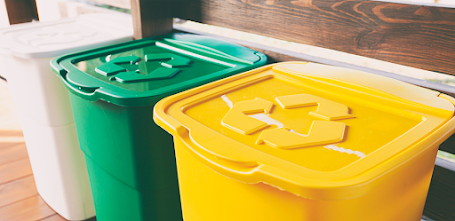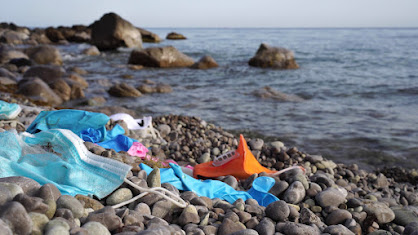HOW DO I KNOW WHAT TO RECYLE AT HOME?
When I started recycling it was hard to know what to recycle at home.
1. Check Local Guidelines: Start by checking your local recycling guidelines or regulations.
2. Pay Attention to Recycling Symbols: Many items that are recyclable are marked with recycling symbols, typically in the form of a triangular arrow symbol with a number inside. The number inside the symbol indicates the type of plastic the item is made of. While these symbols are a good indicator, not all items with these symbols are accepted for recycling in all locations. Local guidelines should take precedence.
3. Clean and Sort: Ensure that recyclables are clean and free of food residue.
4. Avoid Contamination: Be mindful of contamination. Don't mix non-recyclable items, like food waste, with recyclables. Contamination can lead to the entire batch being rejected for recycling.
5. Hazardous Materials: Do not include hazardous materials like batteries, electronics, chemicals, and medical waste in your recycling bin. These items need special disposal methods.
6. Learn About Special Items: Some items, such as electronics, large appliances, tires, and hazardous waste, may require special recycling programs or drop-off locations. Research how to properly dispose of these items.
7. Reduce and Reuse: Before recycling, consider reducing your consumption of single-use items and reusing items whenever possible. This minimizes the amount of waste generated in the first place.
8. Focus on Common Recyclables: There are several items that are commonly recyclable in most areas, including:
- Paper: Newspaper, magazines, cardboard, office paper, and corrugated cardboard.
- Glass: Bottles and jars.
- Metal: Aluminum cans, steel cans, and clean aluminum foil.
- Plastic: Bottles and containers with recycling symbols (typically #1, #2, and #5 plastics.





Comments
Post a Comment